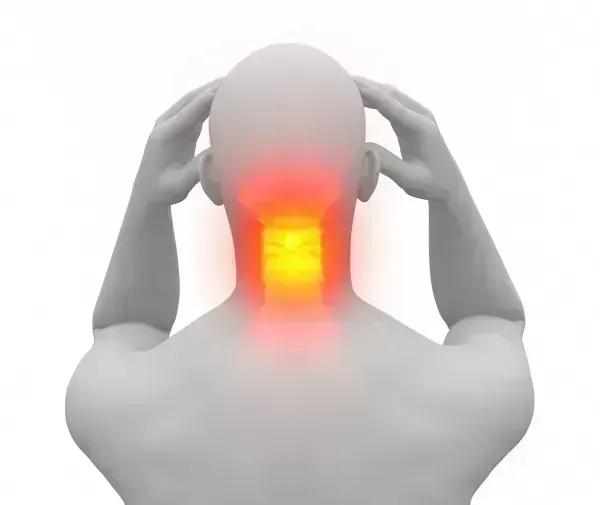Watch the Details for Coding Spinal Stenosis in the Cervical Region

ICD-10 will offer multiple stenosis options. When your physician diagnoses spinal stenosis, it means the patient has a narrowing of space in the spine that causes pressure on the spinal cord and nerves. The majority of cases occur in the low back (lumbar spine), but you also need to be prepared to code cases that affect other spinal regions. One example is spinal stenosis in the cervical region, which you currently report with ICD-9 code 723.0 (Spinal stenosis in cervical region). ICD-10 change: Diagnosis 723.0 will map to code M48.01 (Spinal stenosis, occipito-atlanto-axial region) through M99.71 (Connective tissue and disc stenosis of intervertebral foramina of cervical region) in ICD-10. For the diagnosis of stenosis in cervical region of the spine, C2-C3 through C6-C7, you’ll submit code M48.02 (Spinal stenosis, cervical region). Not so fast: However, there are other specific codes depending upon the precise location of the stenosis in the cervical region. For example, for spinal stenosis in the cervical region close to the junction with the skull, C0-C1 and C1-C2, you’ll submit code M48.01 and for that in the region close to the thoracic region, C7-T1, you’ll submit code M48.03 (Spinal stenosis, cervicothoracic region). Documentation: The smallest details in your provider’s notes will help you distinguish between all the code options. The ICD-10 diagnosis set also offers you the following two codes for subluxation (incomplete/partial dislocation) stenosis of the neural canal in head and neck: For osseous stenosis of head and neck region, you have codes M99.30 (Osseous stenosis of neural canal of head region) and M99.31 (Osseous stenosis of neural canal of cervical region). “Osseous” refers to bone, potentially bone spurs from spondylosis or Paget’s disease. When your physician documents stenosis in the connective tissues of the neural canal in the head or neck region, you should report code M99.40 (Connective tissue stenosis of neural canal of head region) and M99.41 (Connective tissue stenosis of neural canal of cervical region), respectively. Examples include inflammation of the ligamentum flavum, a series of bands of elastic tissue that runs between the lamina from the axis (C2) to the top of the sacrum. For stenosis of intervertebral disc in the head and cervical region, you turn to codes M99.50 (Intervertebral disc stenosis of neural canal of head region) and M99.51 (Intervertebral disc stenosis of neural canal of cervical region), respectively. These codes could refer to many disc displacement terms, such as herniation, bulge, protrusion, or sequestration.

